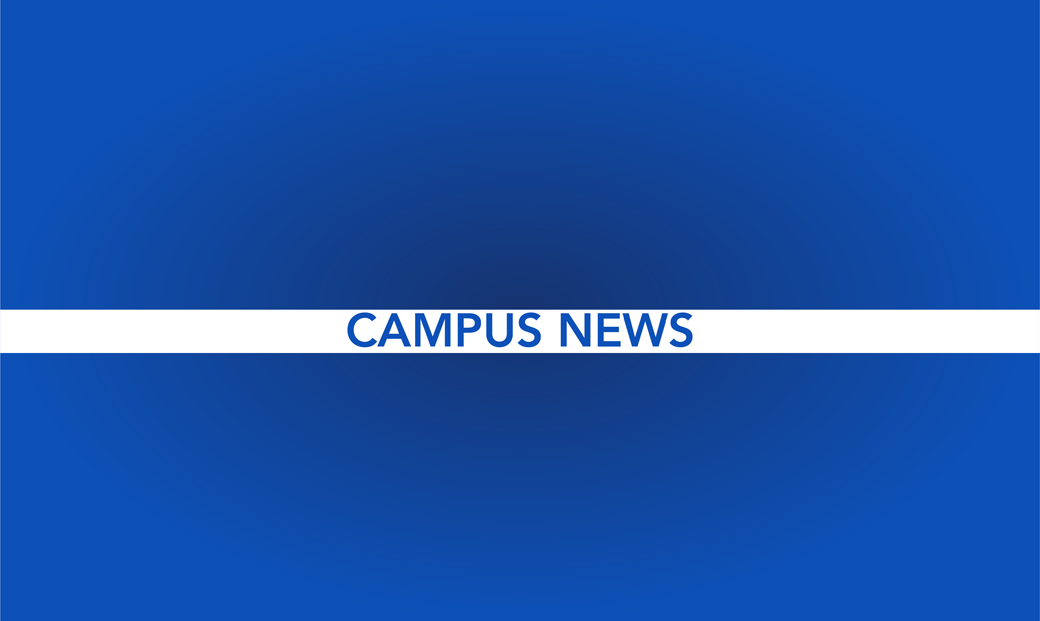
Year-long class registration to go into effect this spring
Changes to class registration are going to effect in the coming weeks.
University of South Dakota administrators are implementing a new year-long registration process in which students will sign up for summer, fall and spring classes next year all at once. The new process is effective for the upcoming school year.
Jim Moran, provost and vice president of Academic Affairs, said the registration process will help create a more streamlined graduation process for students.

“This will enable students to better plan and finish their degrees,” Moran said. “By knowing what the courses are going to be over the year and by planning that out, we’re hoping it will facilitate department and student planning.”
An email will be sent out Friday to faculty, staff and students officially announcing the university’s transition to a year-long class registration model, said Jennifer Thompson from USD’s Registrar Office.
Advising for the the upcoming academic year begins Feb. 23, and registration will open March 23 and run through April 10. Roughly 7,000 on- and off-campus undergraduate students will go through the registration process, Thompson said. She said while the new process may create a heavier workload for the Registrar’s Office initially, the year-long registration model will help foster long-term planning for both students and the university.
“Some of the most important things is students will know their schedules a year in advance,” Thompson said. “It will also tell us what the most important sections are and we can plan ahead.”
The actual process of registering for classes will not change — it will just include both semesters instead of one, she said. Incoming first-years will only register for the fall semester to keep them from getting too overwhelmed. Financial aid and billing has not changed.
Moran said aside from fostering long-term planning, the year-long registration model will help ensure students stick to a four-year graduation plan. In turn, Moran said the model will address affordability to help students meet “critical cost savings” and also increase the university’s graduation and retention rates.
“It’s a pretty simple process. We think this is going to make a difference in retention and affordability for students to get through in a timely fashion,” Moran said.
Junior Zack Schulte said he’s already been planning his semesters at USD based on a track outlined by his chemistry major.
“I’ve had my plan figured out, so it makes sense to me,” Schulte said. “It can take away another stress.”
Conversation about making the switch began in the summer, Thompson said, but the plan didn’t really take off until December.
Steve Ward, director of the Academic and Career Planning Center, said the advising process will remain the same for students.

“We’re hopeful this will be a step that will help students progress through college easier,” Ward said. “There’s probably going to be some bumps along the way, but we’re hopeful this will make things easier.”
Sophomore Ellen Hammel doesn’t think registering for an entire year’s worth of classes is a good idea.
“I wouldn’t like that,” Hammel said. “I’d have to do a lot of extra work to figure out my schedule.”
Since students will register for classes in the spring, Ward said there have been concerns about how much students will meet with their advisers.
“One concern advisers have is it might reduce the number of (advising) meetings,” Ward said. “This is just an opportunity to get focused down the road and see how they can graduate quicker.”
USD is not the first state regental school to make the switch to year-long registration. South Dakota State University is also implementing the new process this spring. Dakota State University and the South Dakota School of Mines have been using this registration model for the past few years.
Moran said once students have gone through registration, the process will be adjusted to improve future registration processes.
“We recognize that the first time through this may not work perfectly,” Moran said. “But we’re going to try and learn and figure out from this time around to make sure the needs of students are met.”


